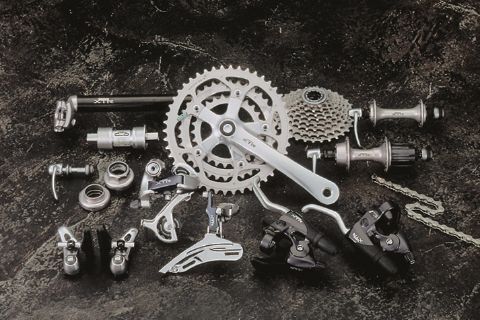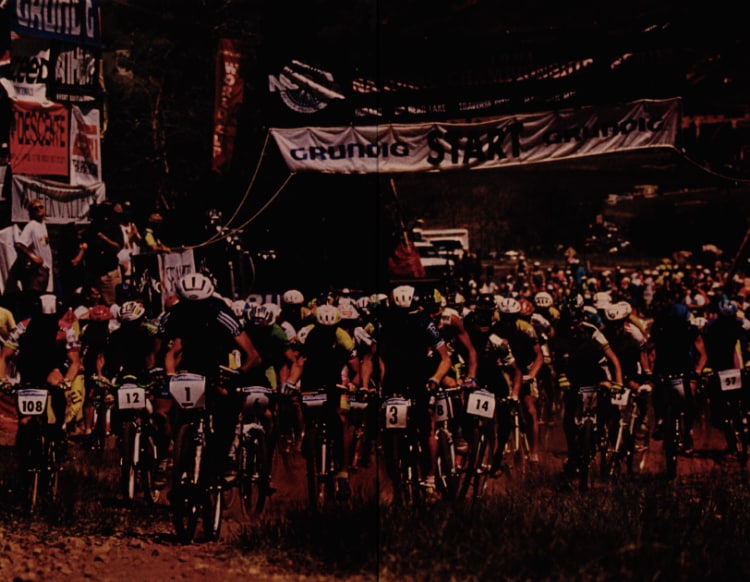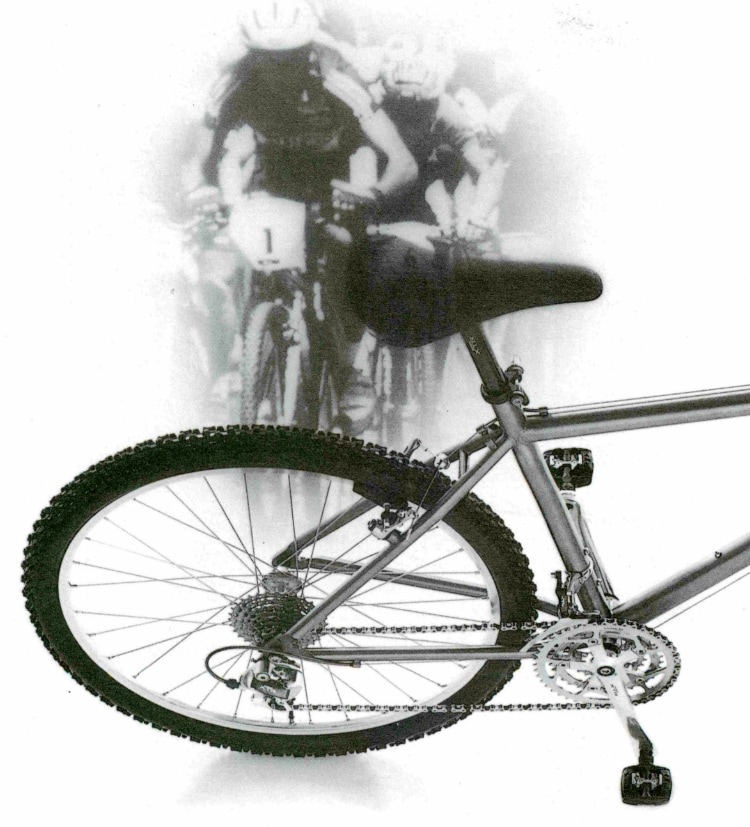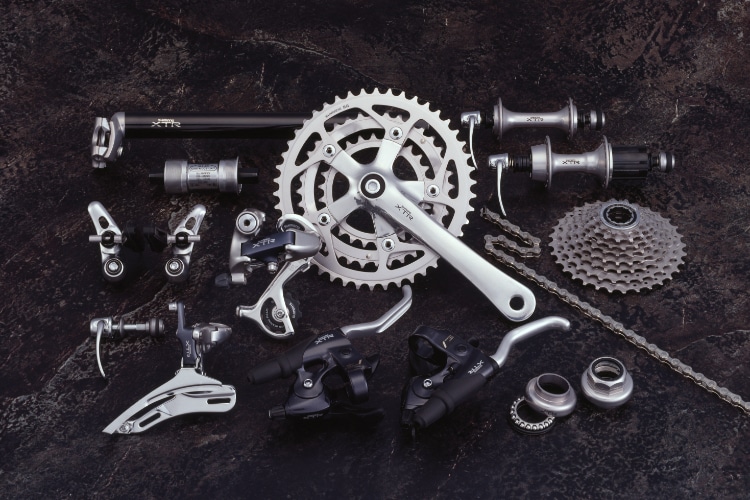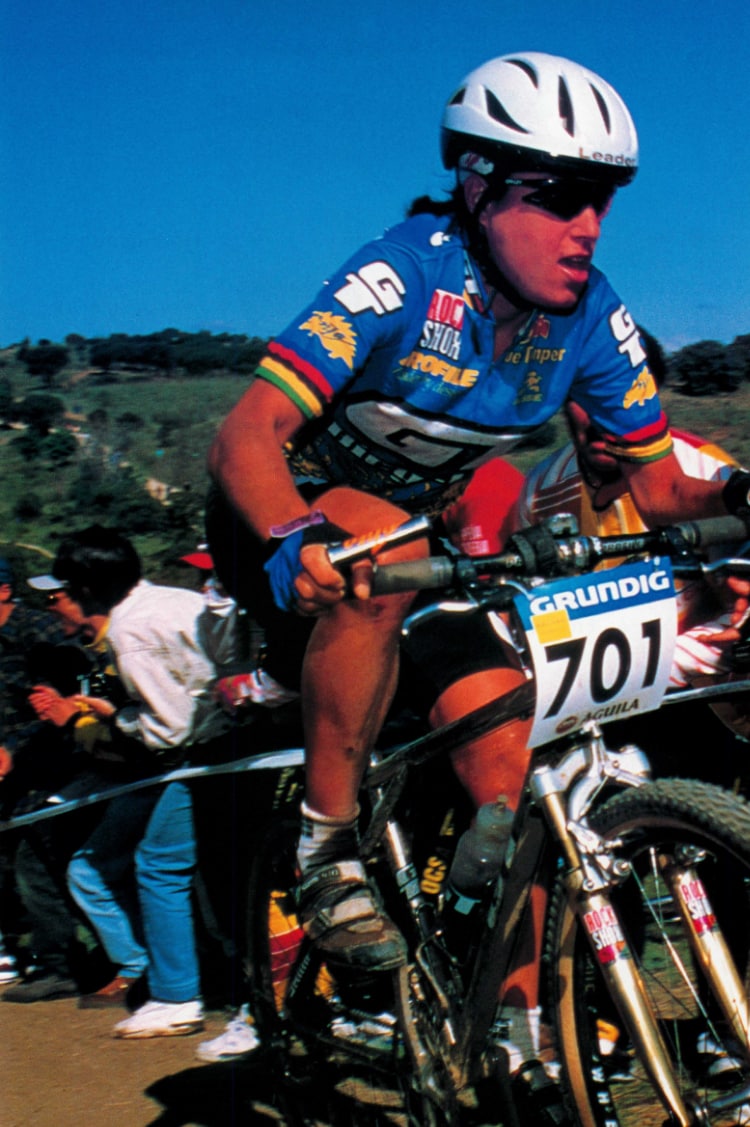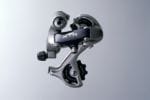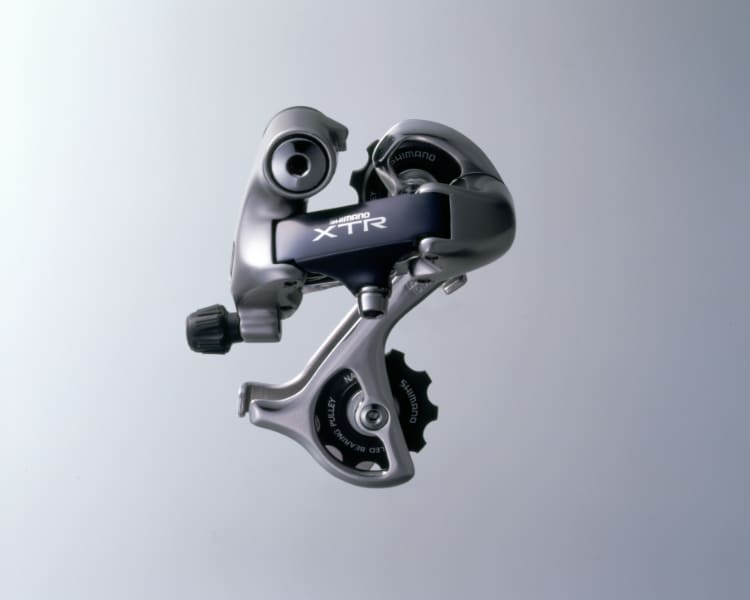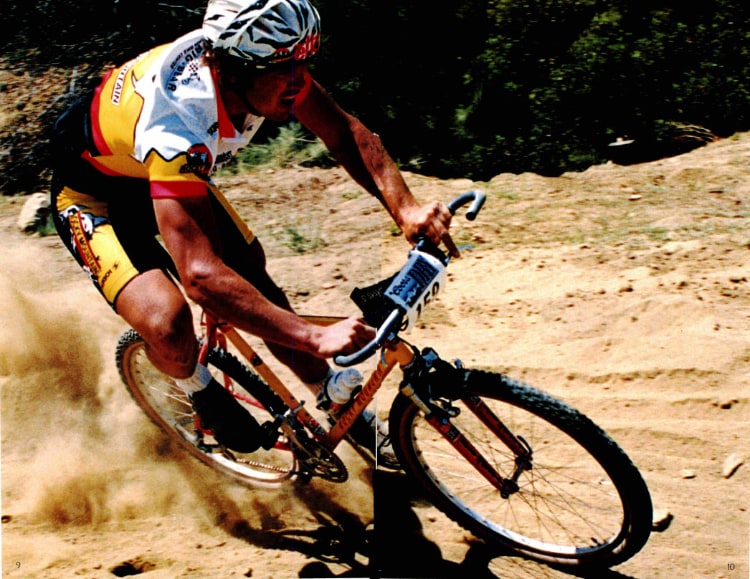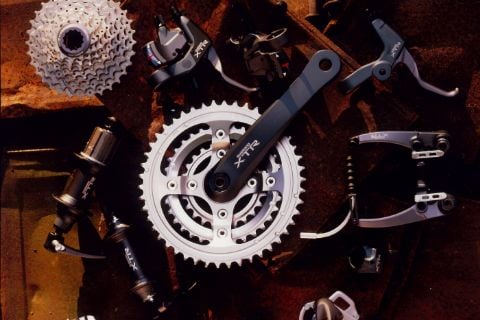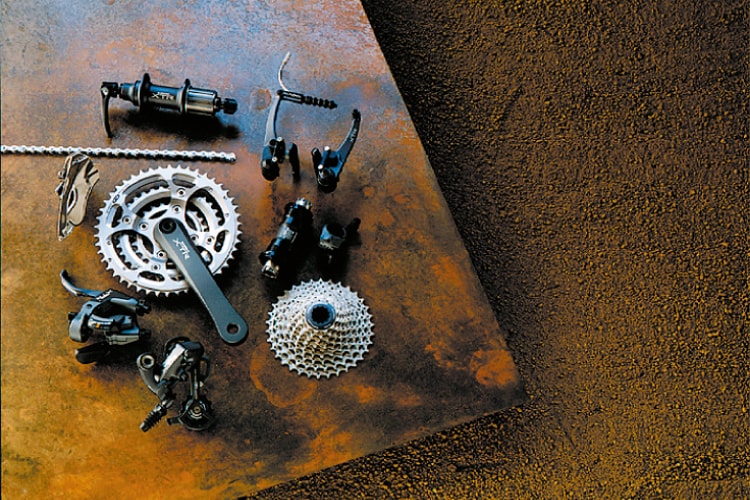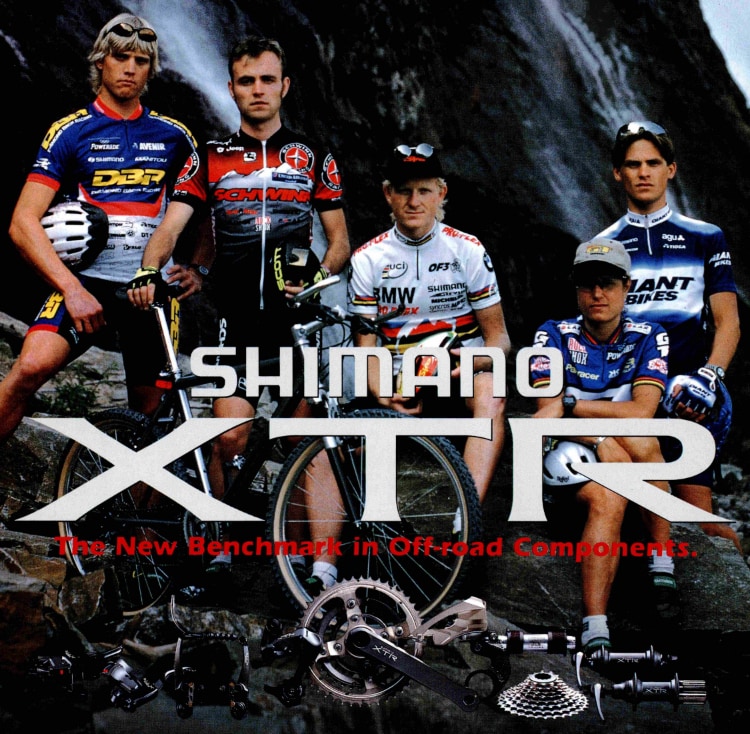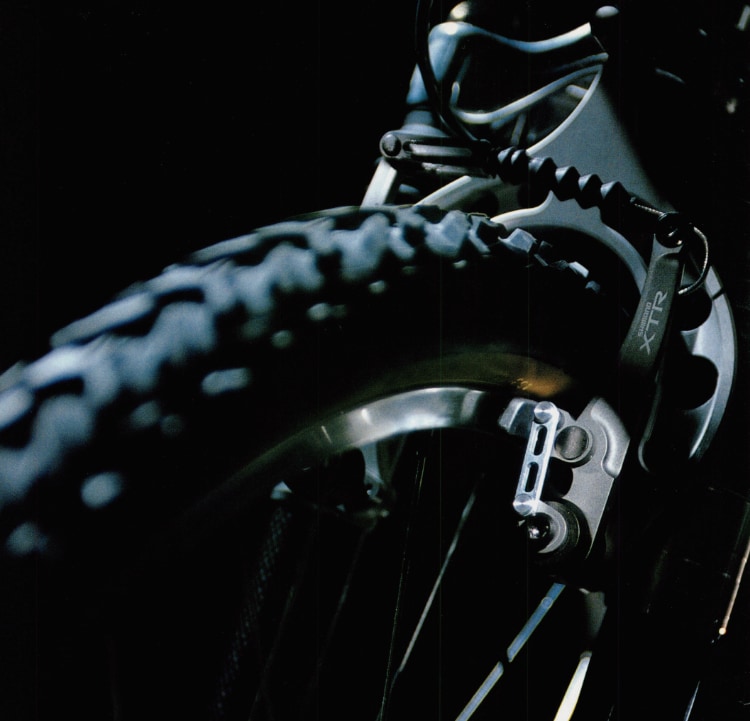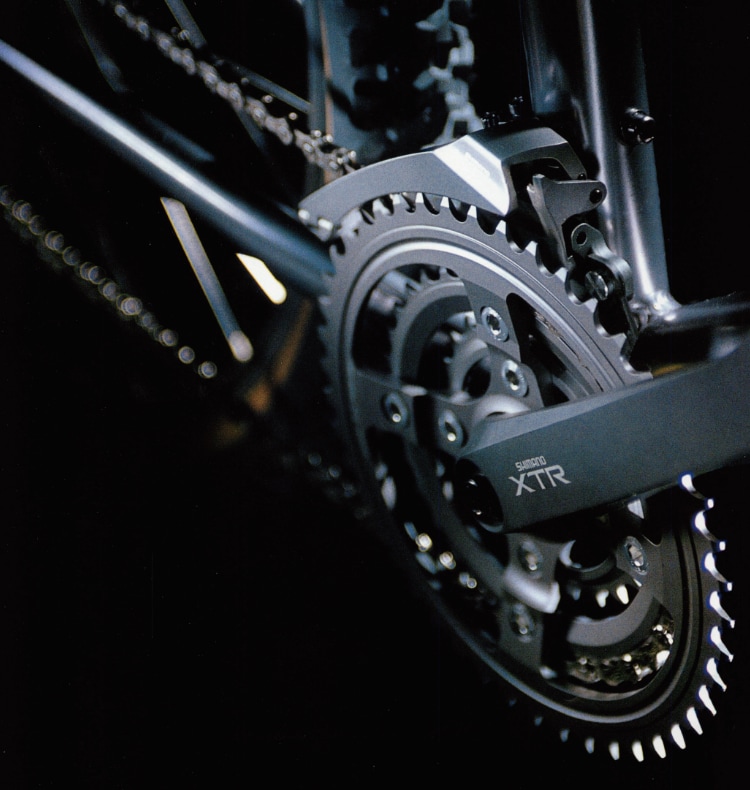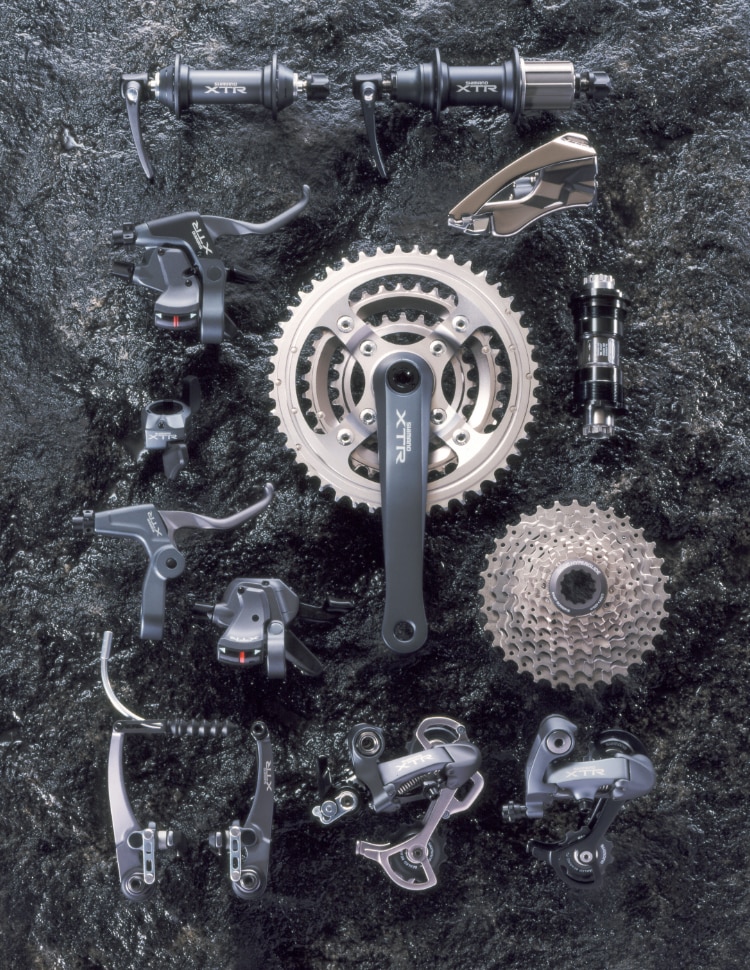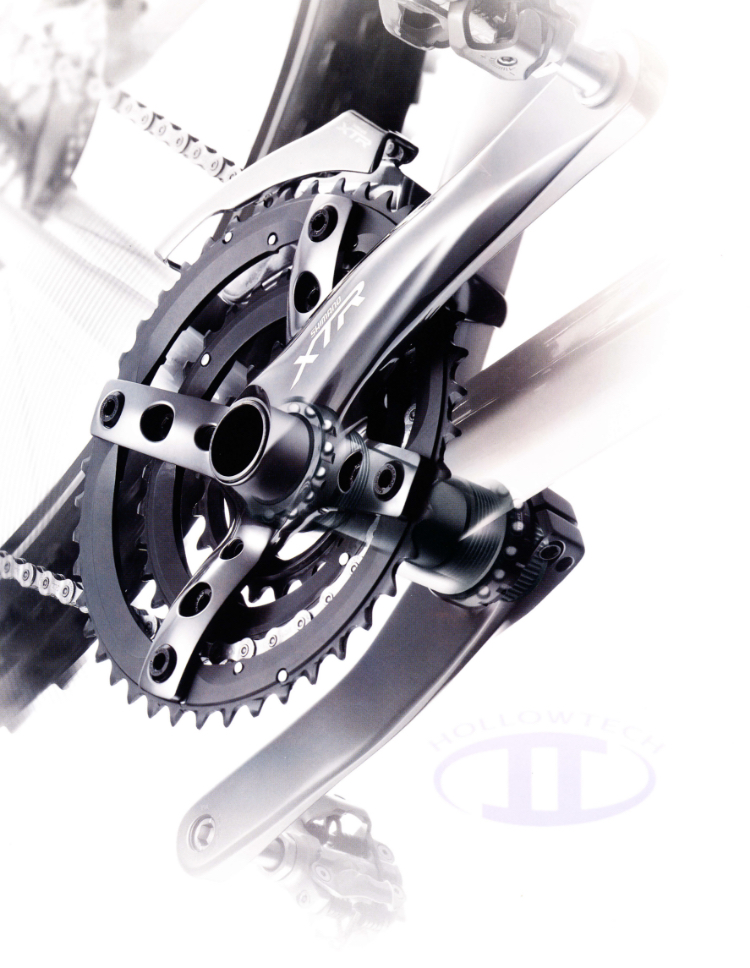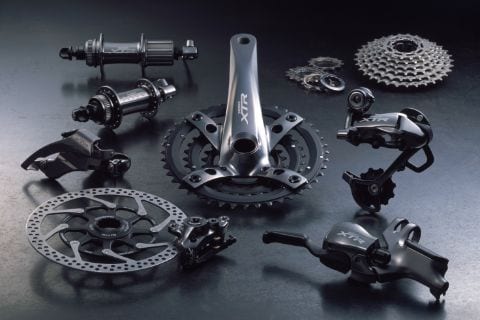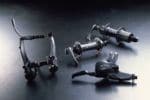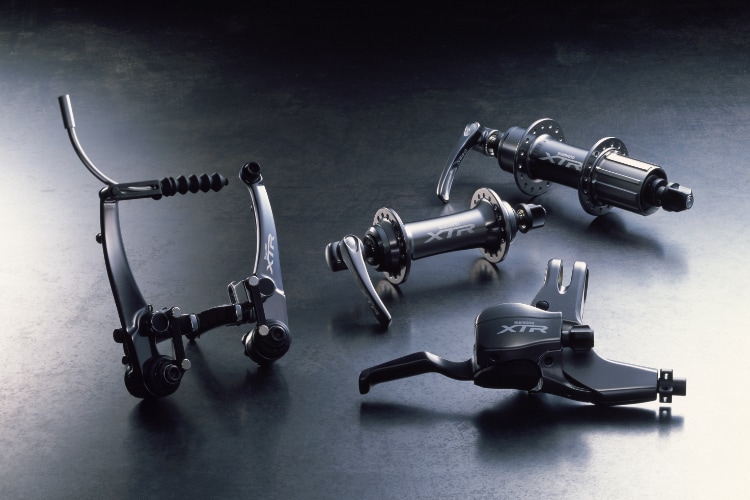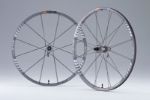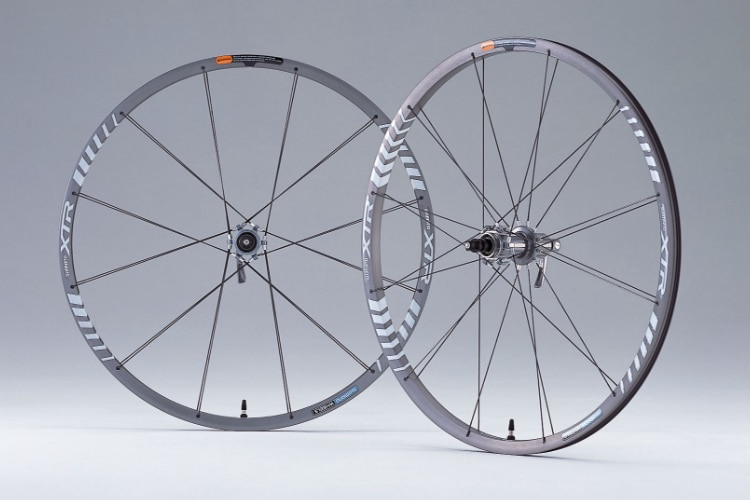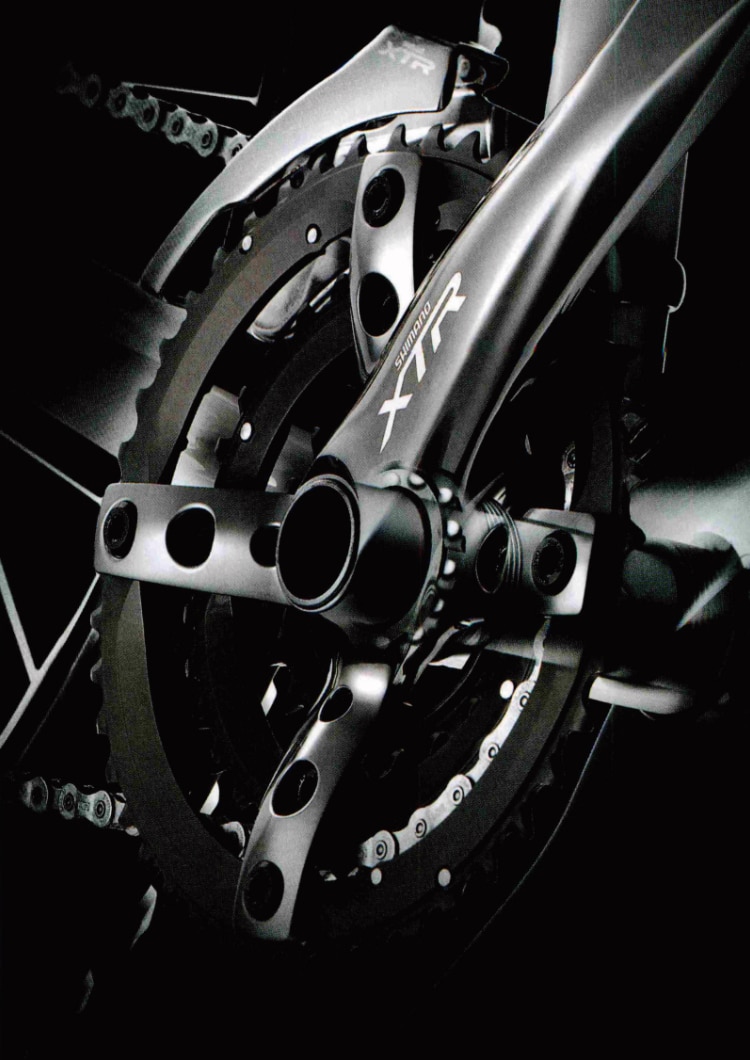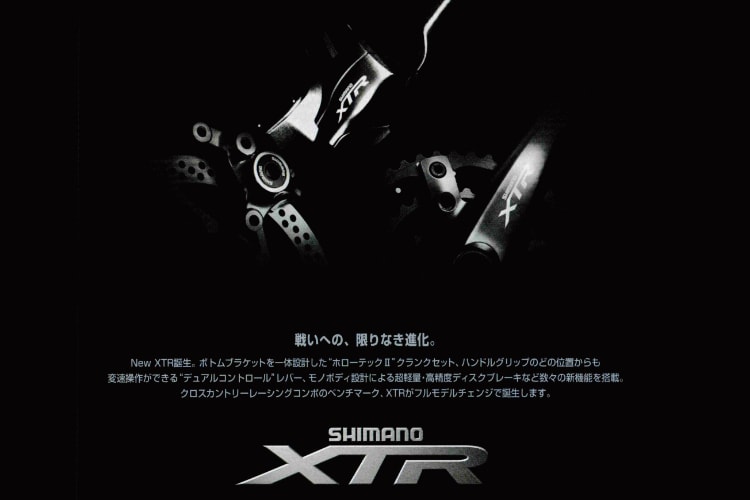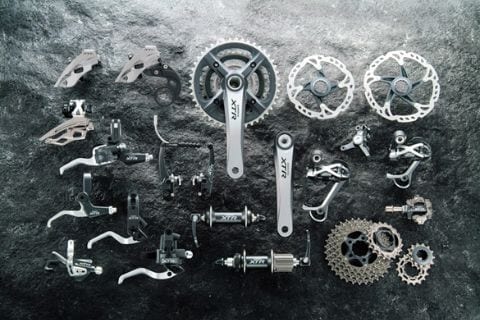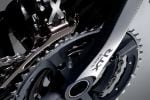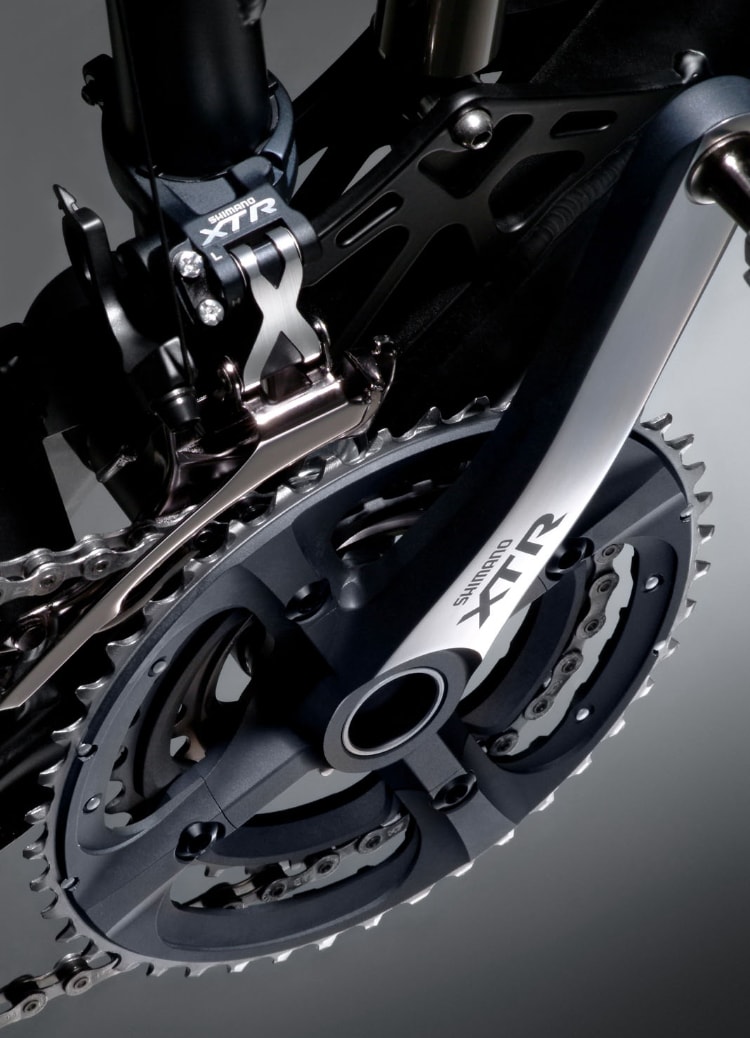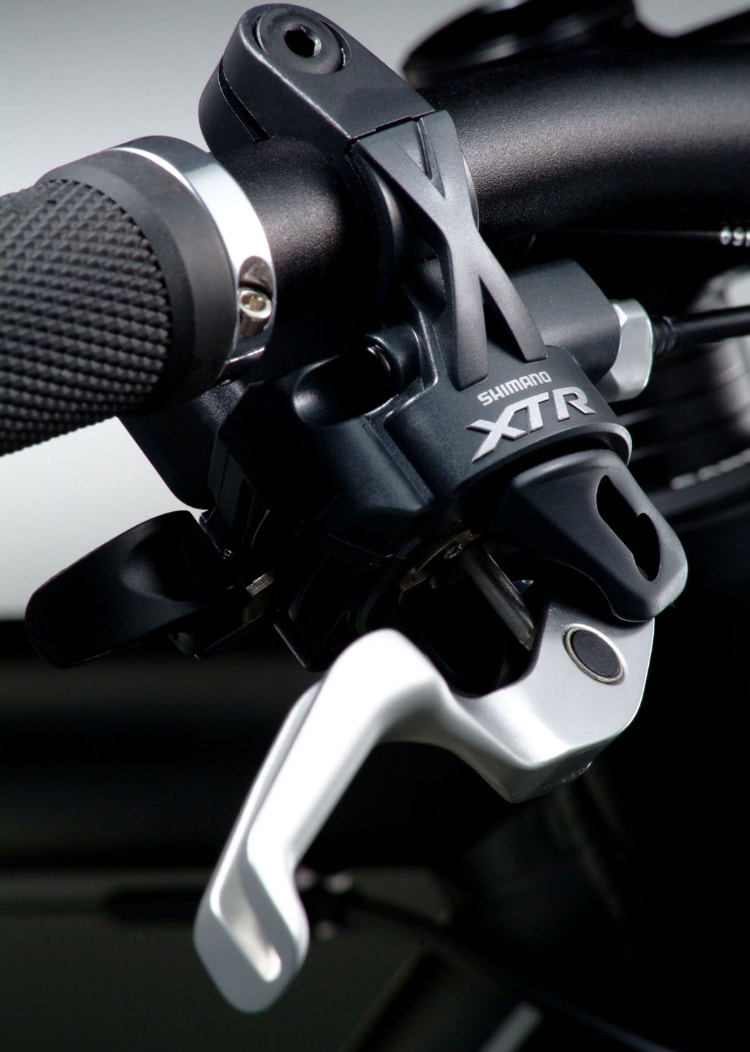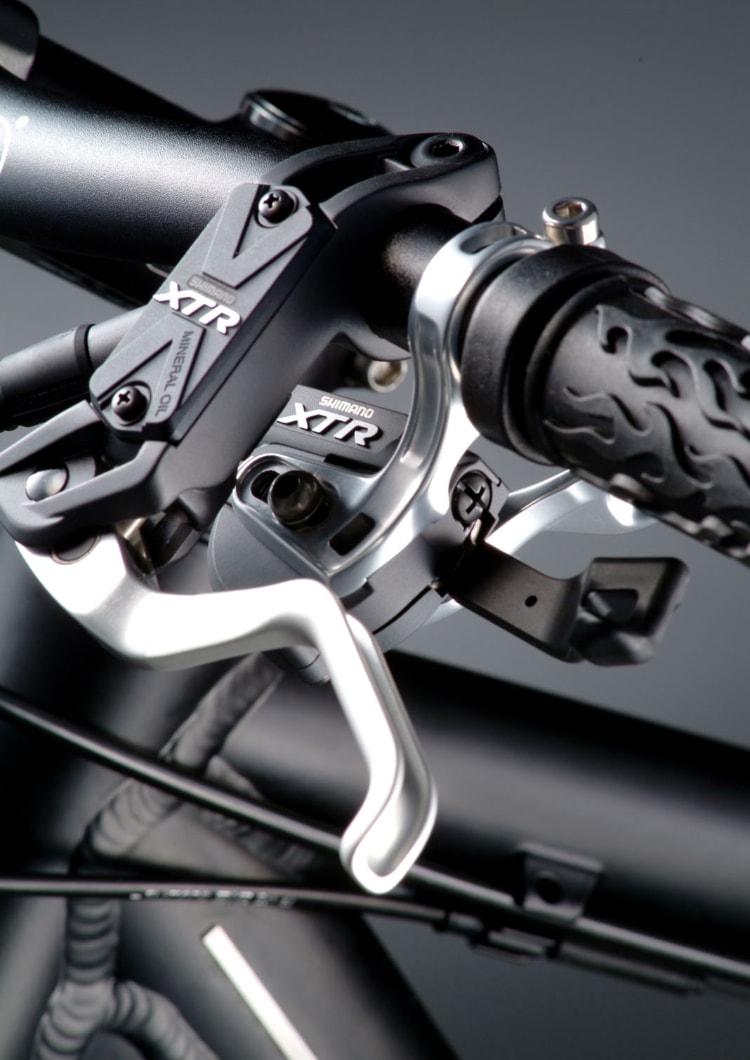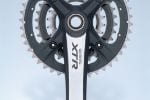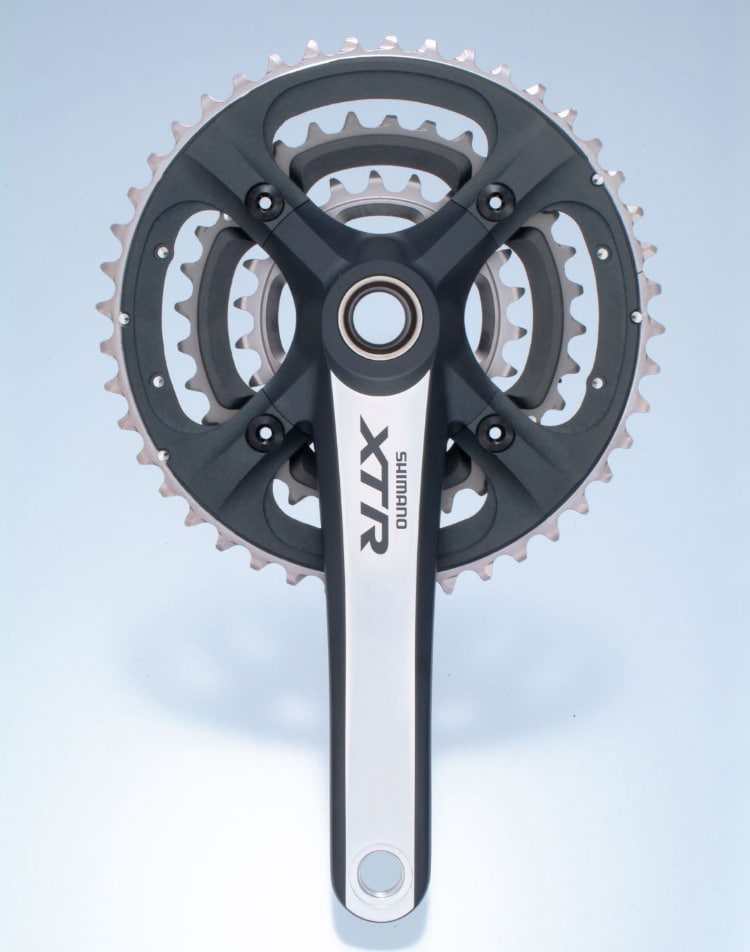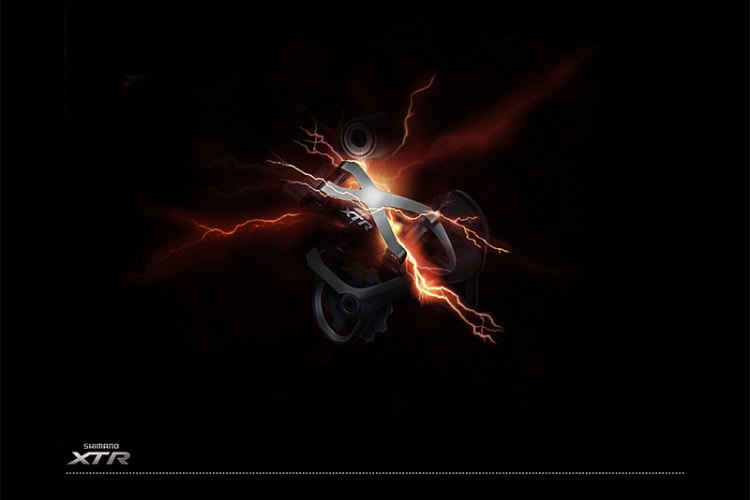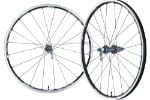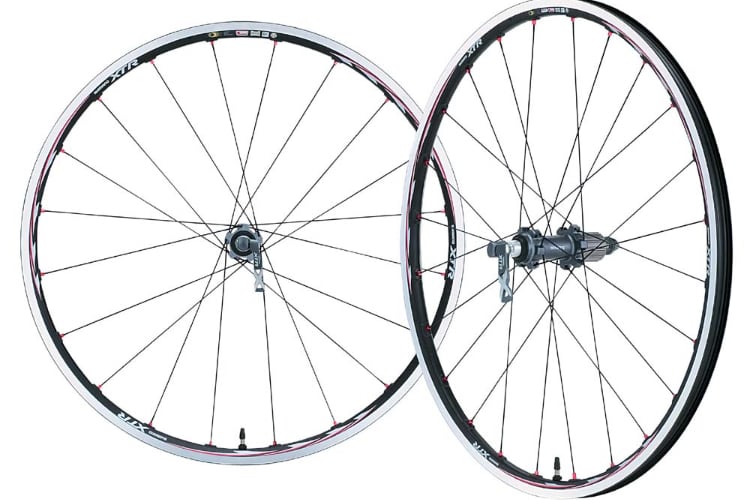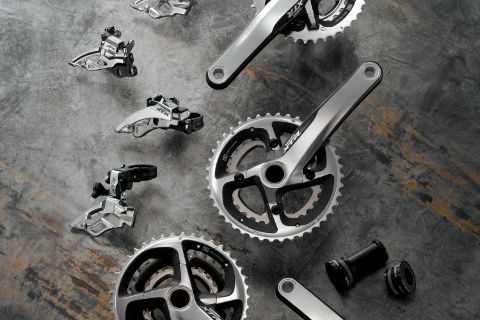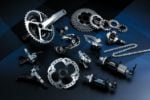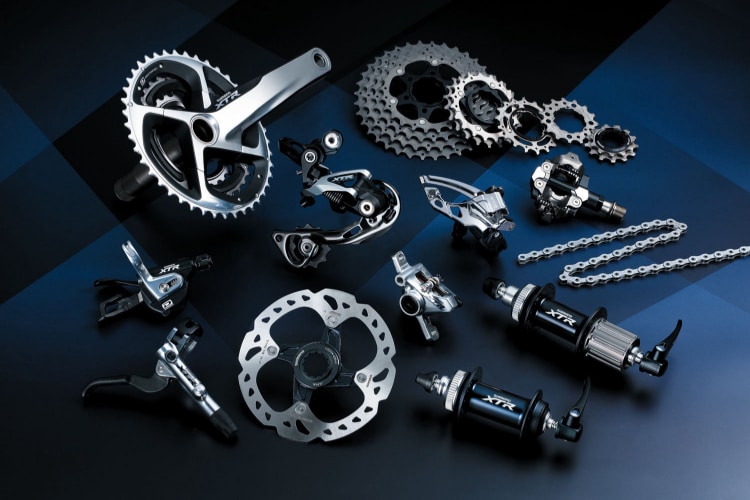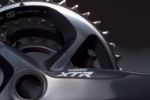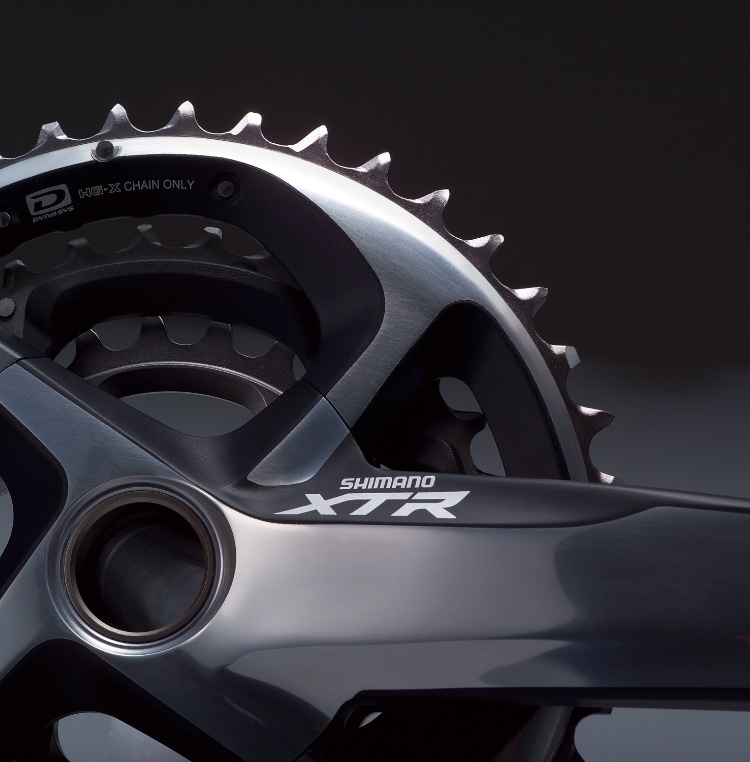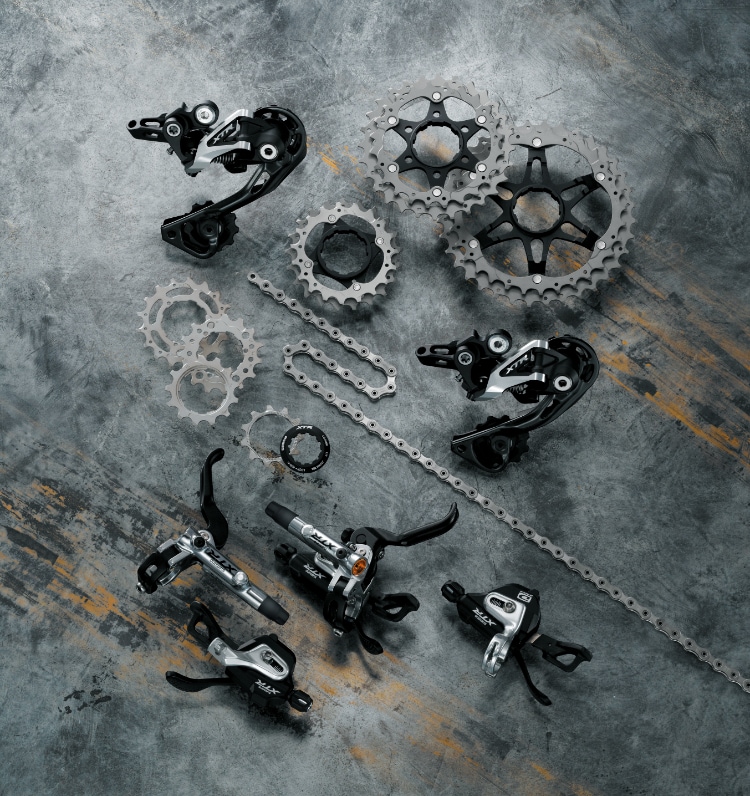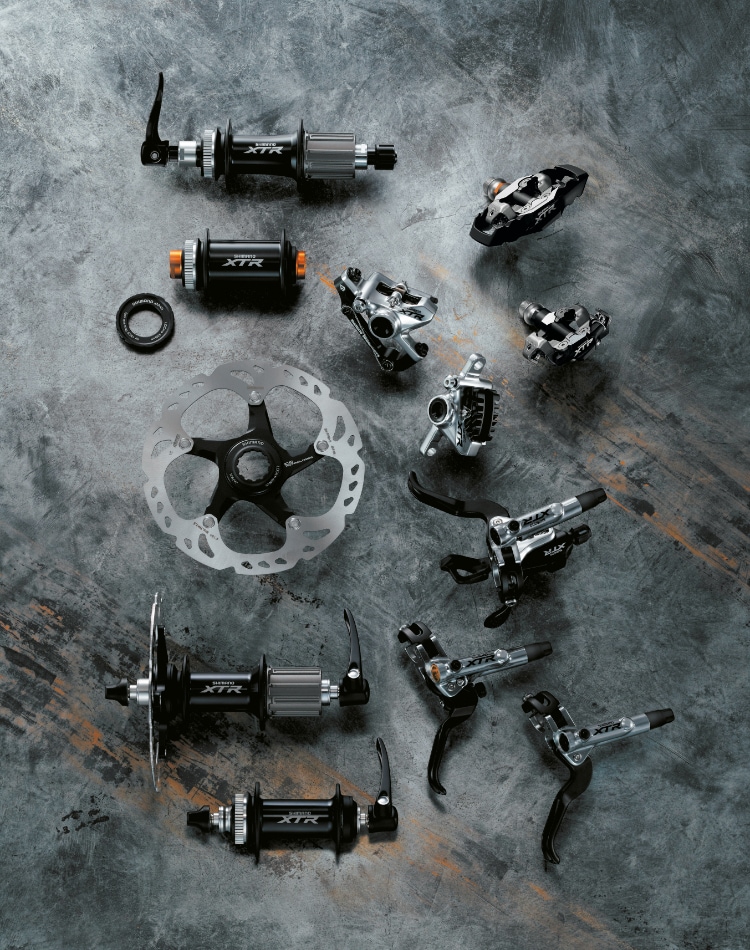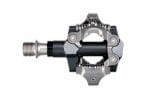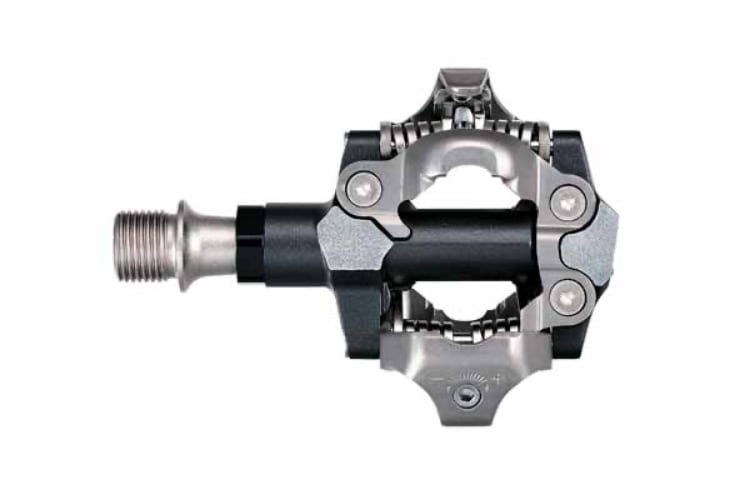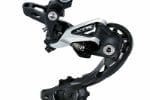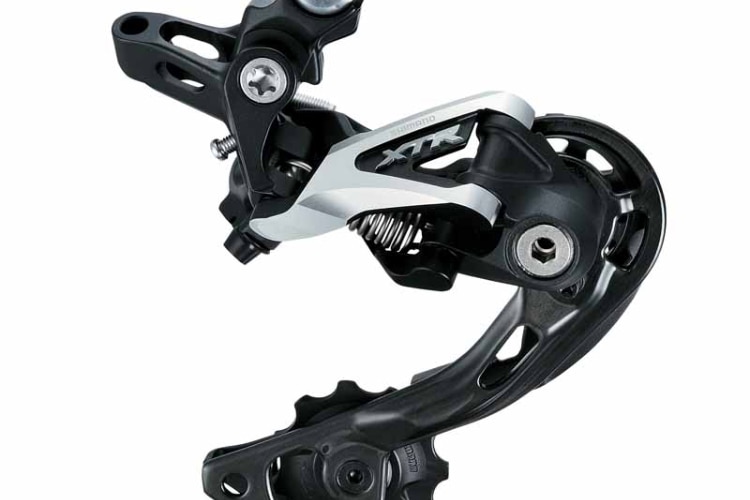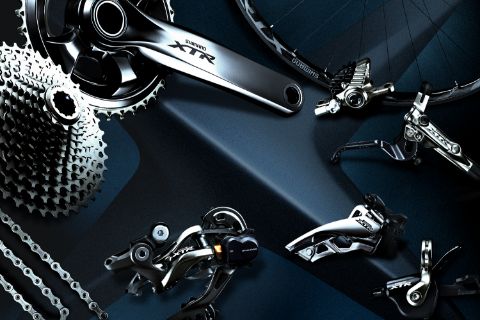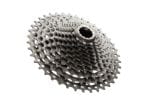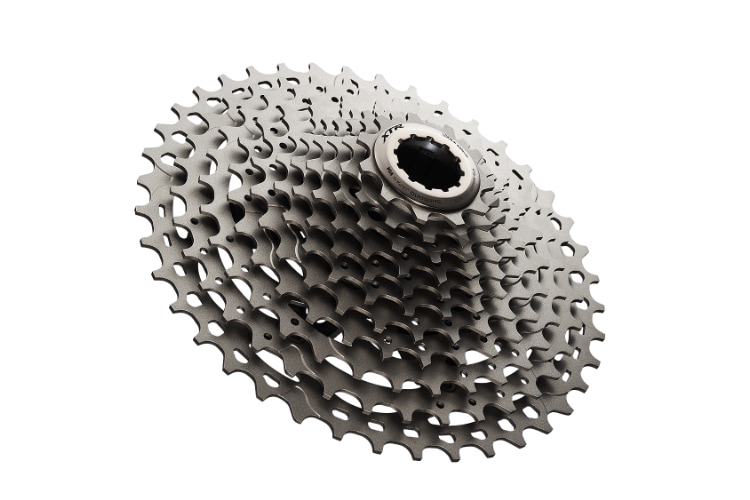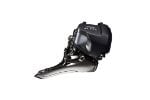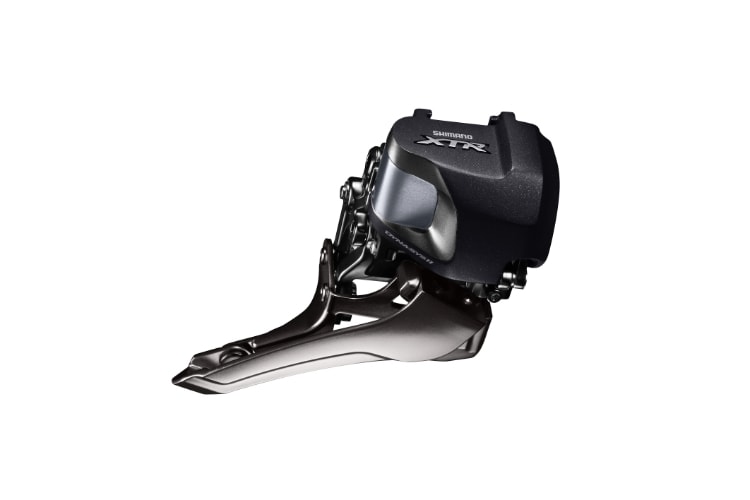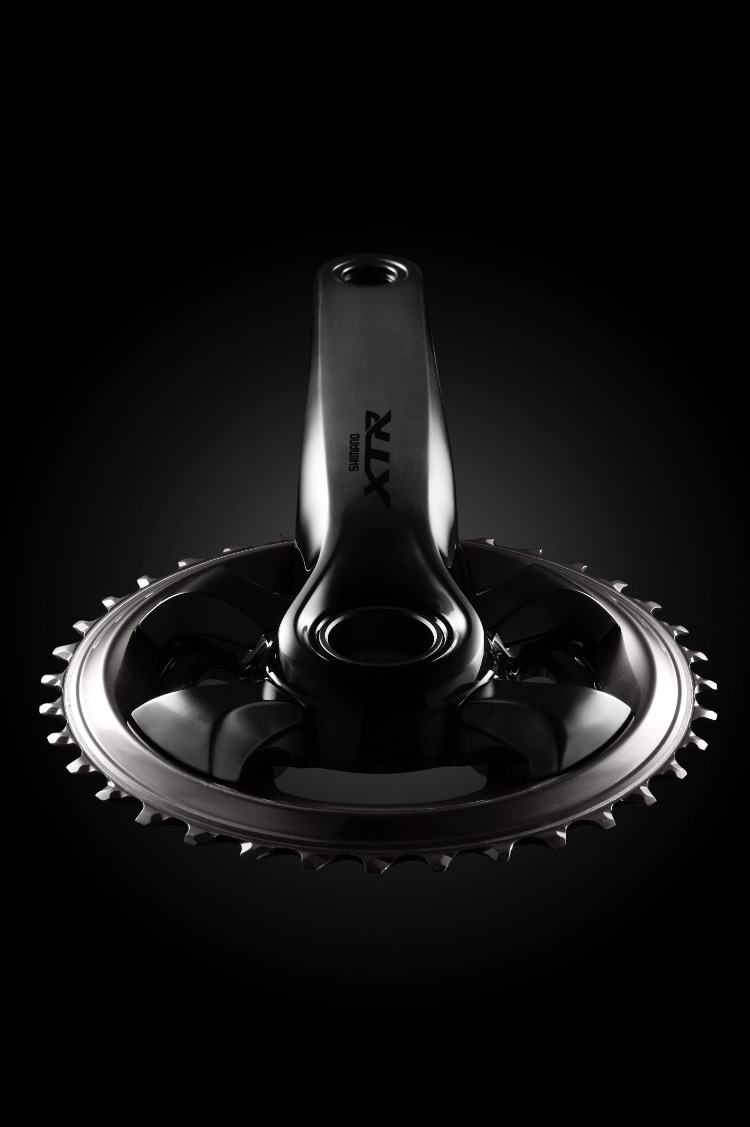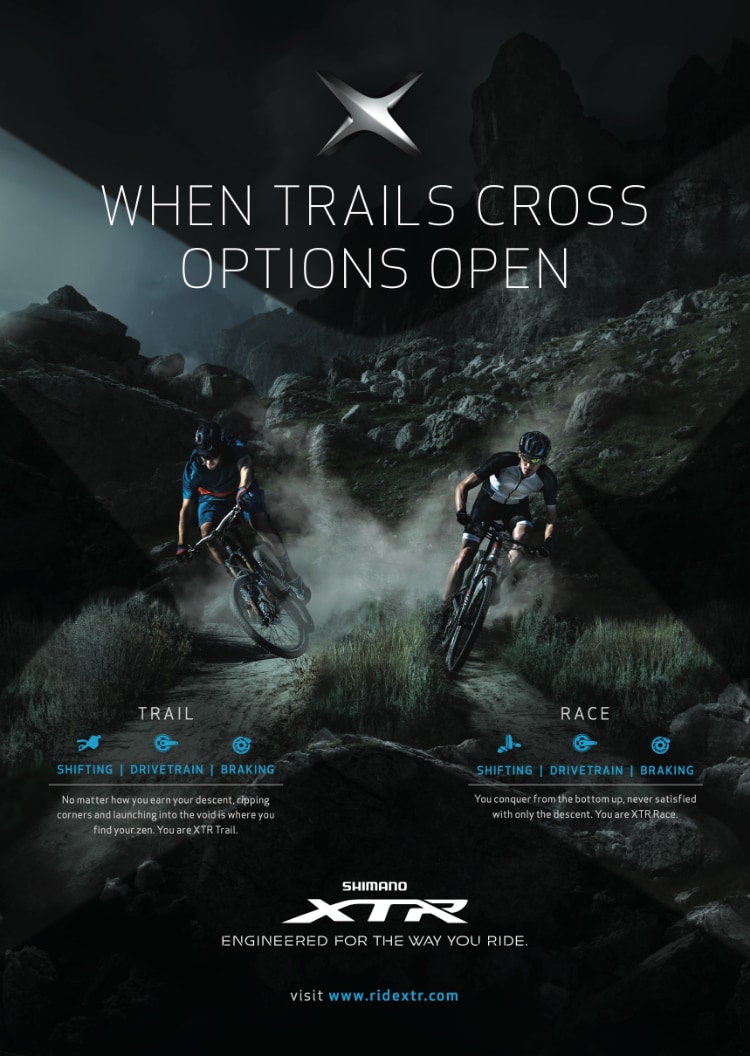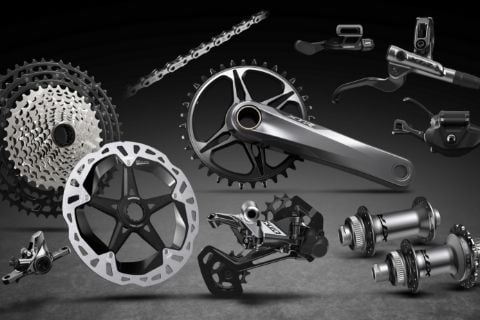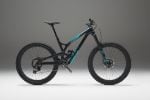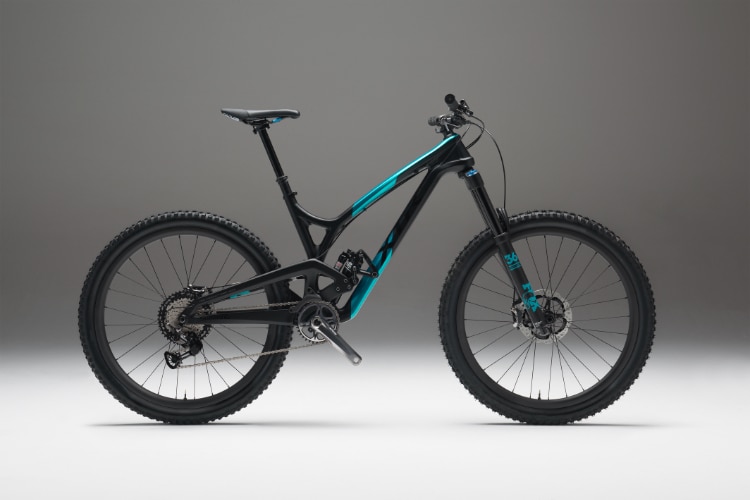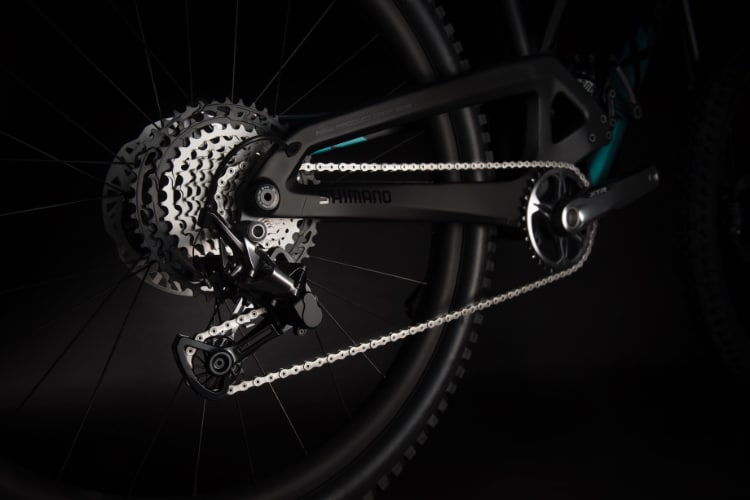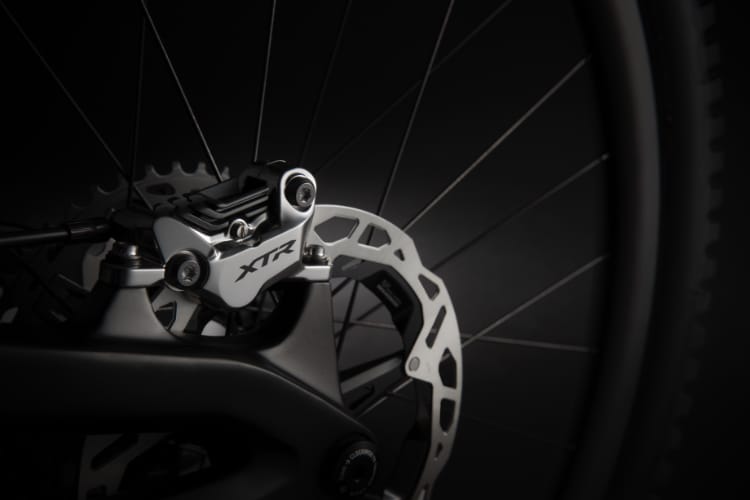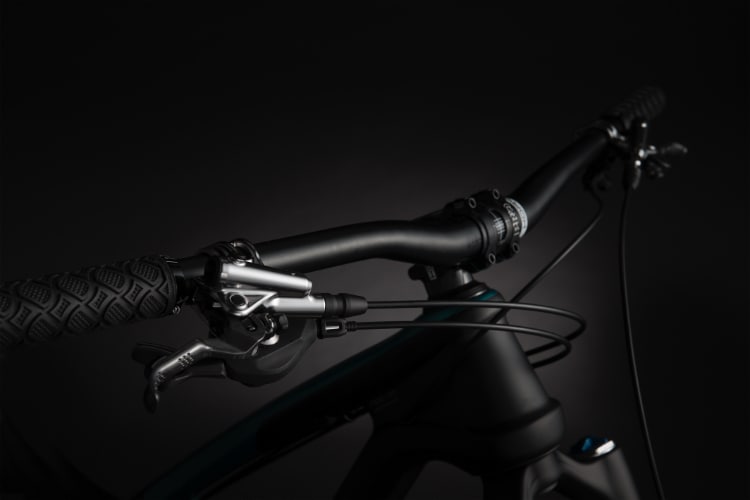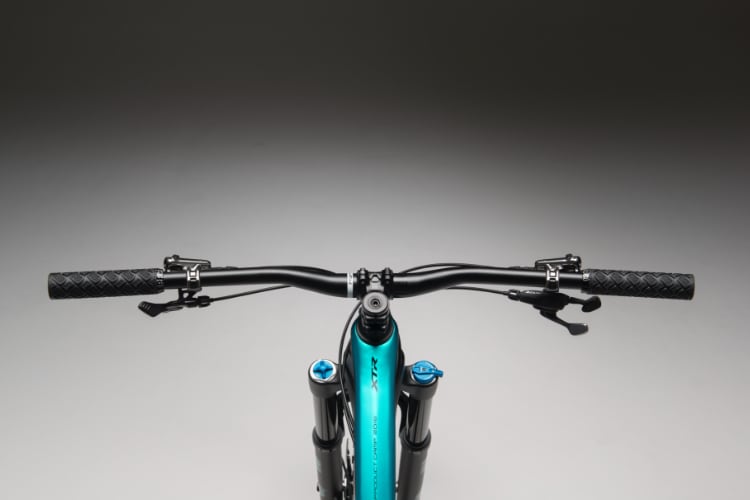STORY
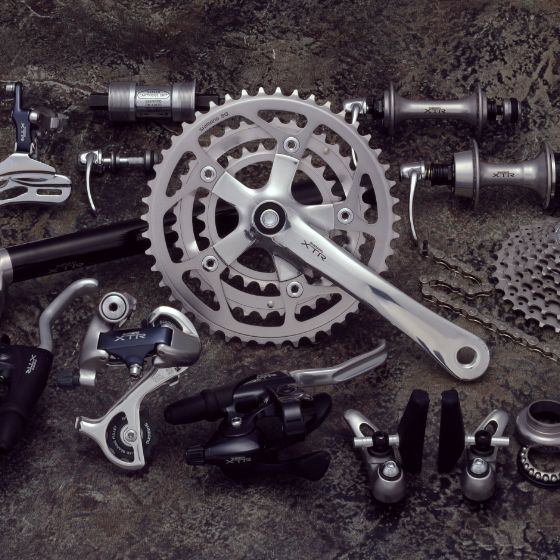
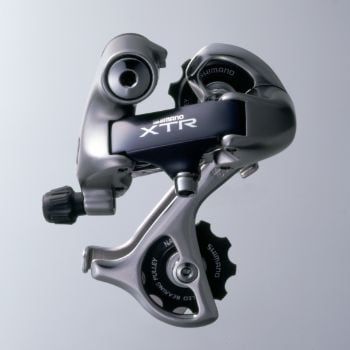
Shimano Releases Unprecedented Top-end Components Series Dedicated to Mountain Bikes
In the late 1980s, the momentum of mountain bikes spread from all over the U.S. to Europe, and then all over the world, winning the hearts and minds of more people. Under these circumstances, some riders who started competing in mountain bike races began various attempts to win races, using components for road bikes such as DURA-ACE and drop handlebars. This move made Shimano aware of the need for mountain bike components dedicated to competition that had the strength and quality to withstand harsh riding and were capable of intuitive operation, and it put its energies into the development of such components. Shimano introduced prototypes into real races from an unprecedented early development stage, and analyzed the data collected at a race immediately after the race and used it for improvements. In this way, XTR was completed. It was said that at races across the world, many professional riders had been impressed by lightness of XTR beyond imagination and surprised at its simple and highly accurate operability.
Furthermore, for the first-generation XTR, Shimano developed the RAPIDFIRE PLUS shifter by improving the RAPIDFIRE shifter under the concept of STI, which was born in the development of SHIMANO DEORE XT in 1989. It achieved a light touch and quick and accurate operability. Weight reduction was also achieved by developing new mechanisms, including a spider arm-type cassette sprocket. XTR even defied the conventional common understanding that high-grade components meant road bike components.
Furthermore, for the first-generation XTR, Shimano developed the RAPIDFIRE PLUS shifter by improving the RAPIDFIRE shifter under the concept of STI, which was born in the development of SHIMANO DEORE XT in 1989. It achieved a light touch and quick and accurate operability. Weight reduction was also achieved by developing new mechanisms, including a spider arm-type cassette sprocket. XTR even defied the conventional common understanding that high-grade components meant road bike components.
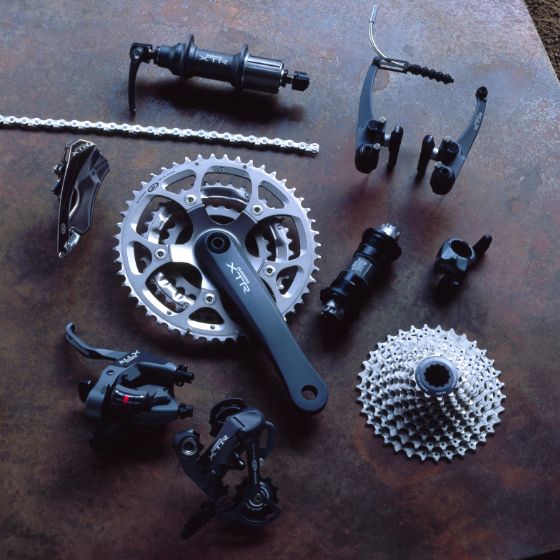
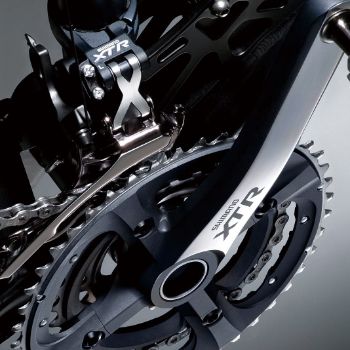
XTR Evolving with Races
The mountain bike market in the United States, home to mountain bikes, tremendously evolved in the 1990s, and garage companies were established in various locations and developed components using new materials, such as titanium and carbon, one after another. Simultaneously with this, a suspension function appeared. Shimano also began to move toward a model change aiming to take the next leap forward. Then, in 1996, the M950 series was introduced as the second XTR. At the 1996 Olympics in Atlanta, cross-country (XC) mountain bike events were added to the official bicycle events, and a racer who rode a mountain bike equipped with the M950 series won the gold medal. This turned much of the spotlight on this series.
The M950 series, which repeatedly underwent minor changes after that, became a long-selling series that lasted until the M960 series was introduced in 2002. The M960 series achieved further significant weight reduction through use of cold forging technology and computer-aided design. Furthermore, it adopted the HOLLOWTECH II crankset that integrated the bottom bracket axle with the right crankarm. Disc brakes and other technologies that later became standards were also incorporated.
In 2006, the totally redesigned M970 series was introduced. A middle chainring made of a titanium-carbon composite was adopted, and the weight of various components, including the rear derailleur, was reduced. The M980 series, released in 2010, adopted a chain stabilizer in the rear derailleur to minimize chain drops and other problems due to harsh terrain. Also, Shimano launched the DYNA-SYS drivetrain concept, offering optimized gear ratios for mountain bike riding.
In 2014, the M9000 series was released. In keeping with the trend of the times, Shimano newly added a single crankset and press-fit bottom bracket to the series, and at the same time it introduced the M9050 series with an electric shifting system, the first DI2 version for mountain bikes. Returning to the starting point of the development of XTR over the 27 years, Shimano introduced the M9100 series in 2018, offering functions and components that meet individual riders’ demands. XTR continues to offer the best performance components representing the pinnacle of Shimano’s technologies.
The M950 series, which repeatedly underwent minor changes after that, became a long-selling series that lasted until the M960 series was introduced in 2002. The M960 series achieved further significant weight reduction through use of cold forging technology and computer-aided design. Furthermore, it adopted the HOLLOWTECH II crankset that integrated the bottom bracket axle with the right crankarm. Disc brakes and other technologies that later became standards were also incorporated.
In 2006, the totally redesigned M970 series was introduced. A middle chainring made of a titanium-carbon composite was adopted, and the weight of various components, including the rear derailleur, was reduced. The M980 series, released in 2010, adopted a chain stabilizer in the rear derailleur to minimize chain drops and other problems due to harsh terrain. Also, Shimano launched the DYNA-SYS drivetrain concept, offering optimized gear ratios for mountain bike riding.
In 2014, the M9000 series was released. In keeping with the trend of the times, Shimano newly added a single crankset and press-fit bottom bracket to the series, and at the same time it introduced the M9050 series with an electric shifting system, the first DI2 version for mountain bikes. Returning to the starting point of the development of XTR over the 27 years, Shimano introduced the M9100 series in 2018, offering functions and components that meet individual riders’ demands. XTR continues to offer the best performance components representing the pinnacle of Shimano’s technologies.




